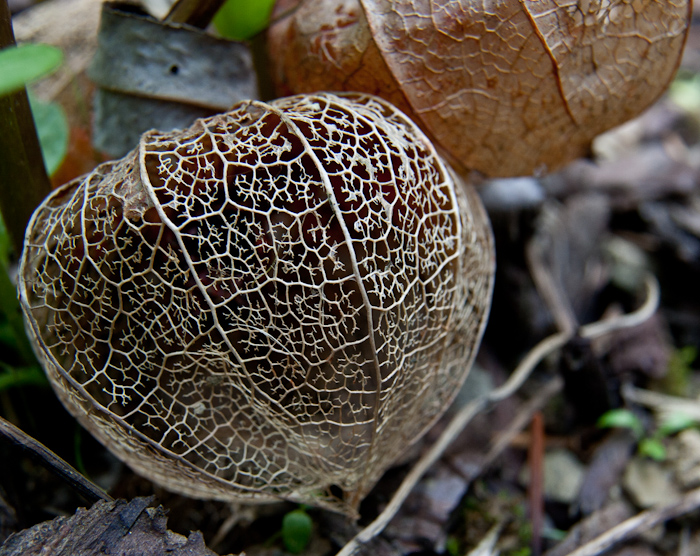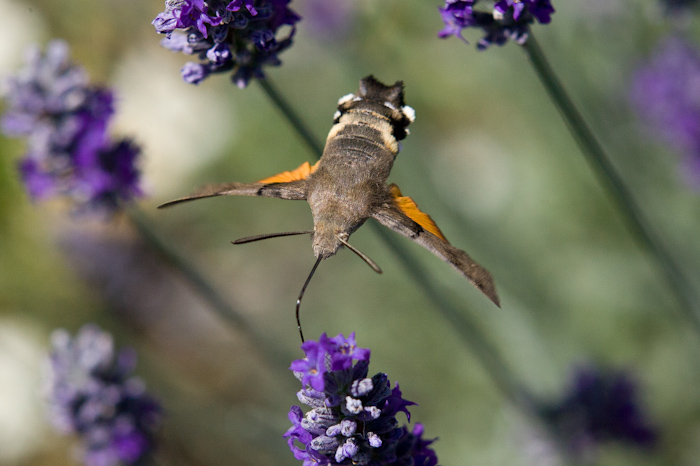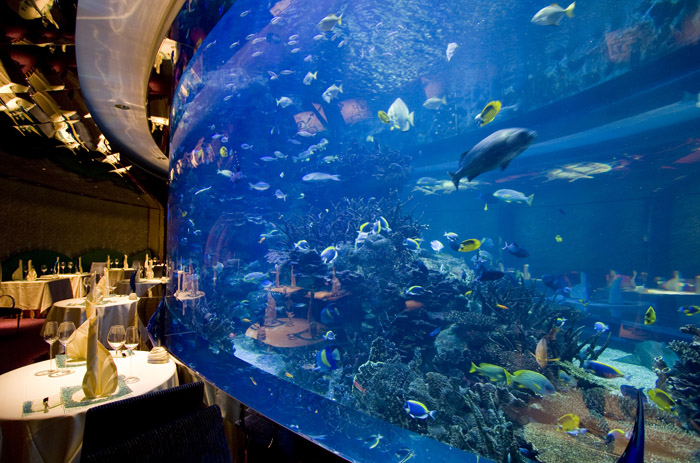by David Clarke | Oct 29, 2012 | All, Flowers, Italy

Chinese lanterns, aka Physallis, have beautiful orange cases containing the seed, which in this variety, is like a large bead. However, the beauty is not lost as the colour fades and the intricate structure of the lantern is clearer as it slowly decays.
Canon 1D MkII with Canon 28-70 f2.8L lens at 34mm. ISO 400 1/30 at f9
by David Clarke | Oct 22, 2012 | All, Kenya, Wildlife

I photographed this fine fellow years ago in the days of film. It was our first trip to Kenya and the Masai Mara, and what a trip!
He was relaxing in the bush at around 9am, having long finished his breakfast. The sun was playing through the branches and highlighting his fur in gloriously brilliant patches. He was totally unfazed by us as we sat in the jeep watching him in awe for ages. Later, he raised himself, stretched and wandered to plan lunch.
Canon EOS3 with Canon 300 f2.8L lens on Fuji transparency film. Scanned and tweaked in Lightroom.
by David Clarke | Oct 19, 2012 | All, Insects & Spiders, Italy

These amazing insects visit the lavender in the garden at our house during the summer months. They spend their time darting from flower to flower at incredible speed. They don’t settle on the flower but grasp it with two legs, their probosces flick out and back in a fraction of a second and then they are off to the next flower. Capturing their images therefore required a bit of patience and experimentation. I used flash for some, extension tubes and various lenses. Some of the shots remind me of old photos of military aircraft refueling in mid-air.
This one and others are also in the Showcase
Canon 1DMkII with Canon 70-200f2.8L lens at140mm and 25 mm tube; ISO400 f5 1/4000
by David Clarke | Oct 9, 2012 | All, Dubai, Places

I’m not sure why, but this shot taken in the Al Mahara restaurant in the Burj Al Arab hotel in Dubai, is the most-viewed all all the shots I’ve posted on Red Bubble – 7313 views to date!
The image shows the centrepiece of the restaurant – a huge aquarium to mesmerise diners. The aquarium is lovingly run by a dedicated team who treat each of the 2500 fish in it and two adjacent aquariums as a friend. At the lower right of the shot, you can see a small shark on the gravel bed. She had just laid a couple of eggs on the coral that were a product of parthenogenesis, a form of asexual reproduction in which females produce eggs that develop without fertilization. This process is very rare among sharks and it is extremely rare for the young sharks, which are invariably female, to survive. Last year the aquarium had one that lived to three months but then died. As soon as he was aware of these new egg cases,the marine biologist in charge of the aquarium called one of his and the cases were retrieved, checked for viability and then kept separately to monitor their development.
The Burj Al Arab hotel is a seven star – yes seven – establishment that dominates the skyline along the coast of Dubai between the ‘Palm’ islands development and the even more exotic ‘World’ development – the latter still just a series of undeveloped islands of sand at present.
The hotel (burj is ‘tower’ in Arabic) is a magnificently impressive building from the outside. It soars up over 300 metres and is designed to resemble a sail. Inside it is no less impressive and leaves you standing there with your mouth open. If you stay there, you will develop a huge hole where your wallet used to be. All rooms are suites and the most modest of them costs around US$1000 per night. Interestingly, there are people who live there permanently.
There are more shots of the Burj in the Showcase, under ‘buildings’
Canon 40D with Canon 10-22mm EFS lens at 10mm at 28mm; ISO800 f3.5 1/15.
by David Clarke | Oct 6, 2012 | All, Insects & Spiders, Italy

This elegant lady, a female European Mantis (Mantis religiosa), was checking me out with her 10,000 eyes on the terrace of our place in Tuscany a couple of mornings ago while enjoying the October sun.
According to Mr Wikipedia: ‘Originating in southern Europe, the European Mantis was introduced to North America in 1899 on a shipment of nursery plants. Now they are found all over the north-eastern United States and Canada to the Pacific Northwest. The European Mantis is usually 5–7.5 cm (2–3 inches) in length, and has shades of bright green to tan. It can be distinguished easily by a black-ringed spot beneath the fore coxae. It is one of several different insects for which a name used within Europe to refer to only a single insect species (in this case, “praying mantis”) has become adopted throughout the globe to refer to the larger group of insects to which that one species belongs (e.g., compare “hornet” to European hornet, or “wasp” to common wasp).
Despite being an introduced species, it is the official state insect of Connecticut.’
Although not visible in this image, the black-ringed spot was there in this insect, confirming the identification.
Canon 40D with Canon 28-70mm L f2.8L lens at 70mm. ISO200 1/250 at f10
Original RAW image cropped and processed in Lightroom
Image taken 4 October 2012








